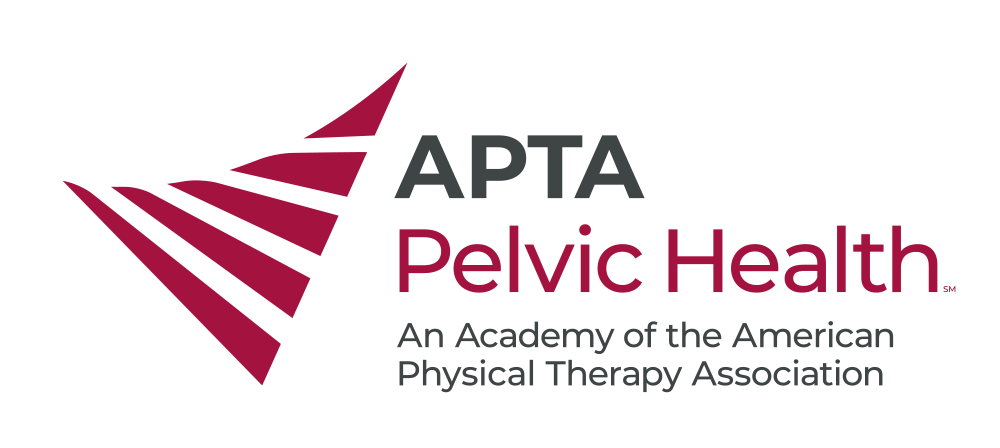Physical Therapy for Labor and Birth Webinar
The Physical Therapy for Labor and Birth (OB-Intra Webinar) is a fully virtual course designed to empower physical therapy professionals with advanced, evidence-based skills to support patients with labor and birth. Delivered in an interactive live webinar format, the course equips participants with an in-depth understanding of how specific physical therapy interventions during the antepartum and intrapartum periods may affect birth outcomes and postpartum maternal health.
Key topics include:
- Anatomic considerations of the maternal pelvis
- Labor and birth considerations for various comorbidities, including orthopedic conditions
- Causes and management of dysfunctional labor
- Psychosocial factors influencing childbirth
- Clinical considerations for vaginal and cesarean delivery
Comprehensive, expert-led instruction includes practical, evidence-based knowledge and advanced skills to provide therapeutic and educational support to pregnant patients. Interactive case discussions will allow participants to collaborate and apply clinical reasoning skills in real-world scenarios.
By the end of this course, participants will have a robust understanding of how to optimize maternal movement, manage dysfunctional labor, and apply biomechanical and orthopedic principles to support positive birth experiences.
After completing this webinar, participants are eligible for the Physical Therapy for Labor and Birth Lab (OB-Intra Lab).
Upon completion of this course, participants will be able to:
Examination/Evaluation:
- Identify and describe key anatomical and biomechanical characteristics of the maternal pelvis relevant to labor and birth.
- Define common terminology used by obstetric providers during labor and birth.
- Perform an appropriate examination and evaluation for a patient in the early postpartum period including recognize and screen for early postpartum complications.
Diagnosis/Prognosis
- Recognize and assess psychosocial and environmental factors that may impact the labor and delivery process.
- Differentiate between typical and atypical labor progressions.
- Describe medical tests and interventions and their direct and indirect effects on labor.
- Identify risk factors for complication with labor and birth based on examination findings, pre-existing maternal comorbidities, and psychosocial factors.
- Describe the immediate and long-term maternal and fetal complications associated with cesarean delivery.
- Explain the relationship between primary and repeat cesarean birth rates and the importance of reducing primary cesareans to decrease the overall cesarean rate.
Intervention
- Differentiate maternal movement and positioning needs based on fetal station and stage of labor.
- Apply therapeutic strategies for managing dysfunctional labor.
- Differentiate maternal positioning needs based on pre-existing orthopedic dysfunctions.
- Demonstrate appropriate patient education that empowers birthing individuals with self-management tools and strategies for labor and vaginal and cesarean birth.
- Collaborate effectively with interdisciplinary birth teams to support individualized, patient-centered birth experiences.
